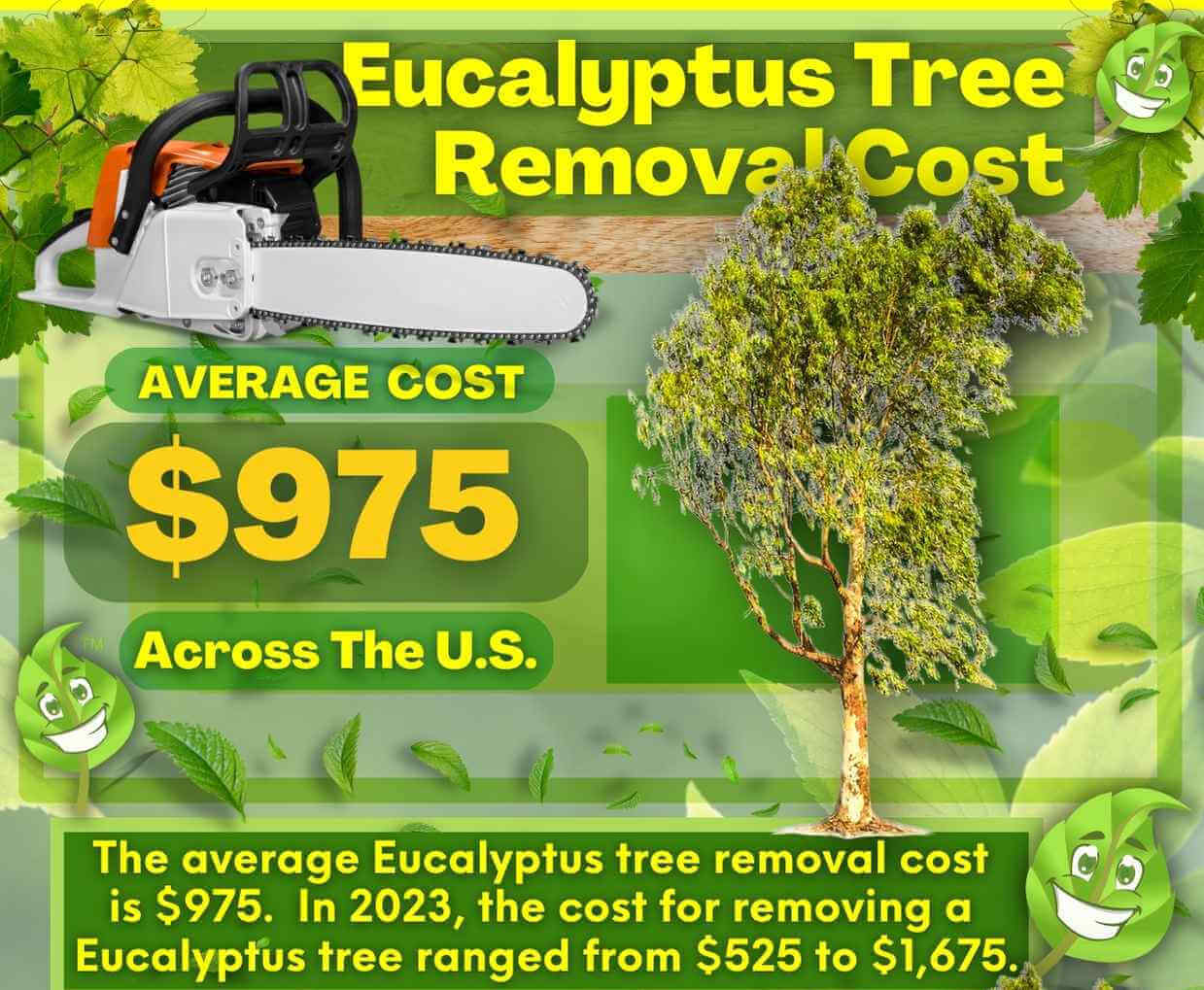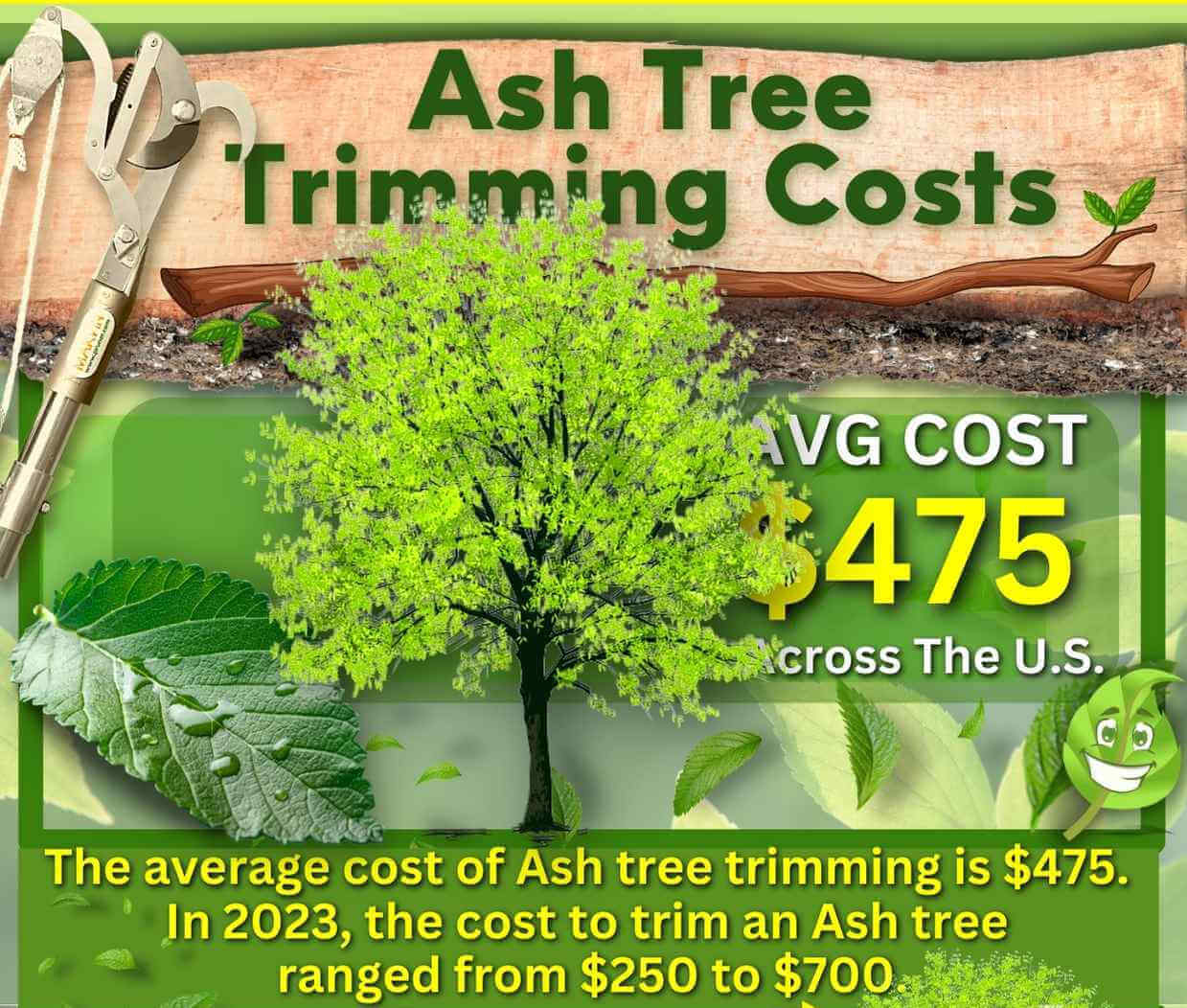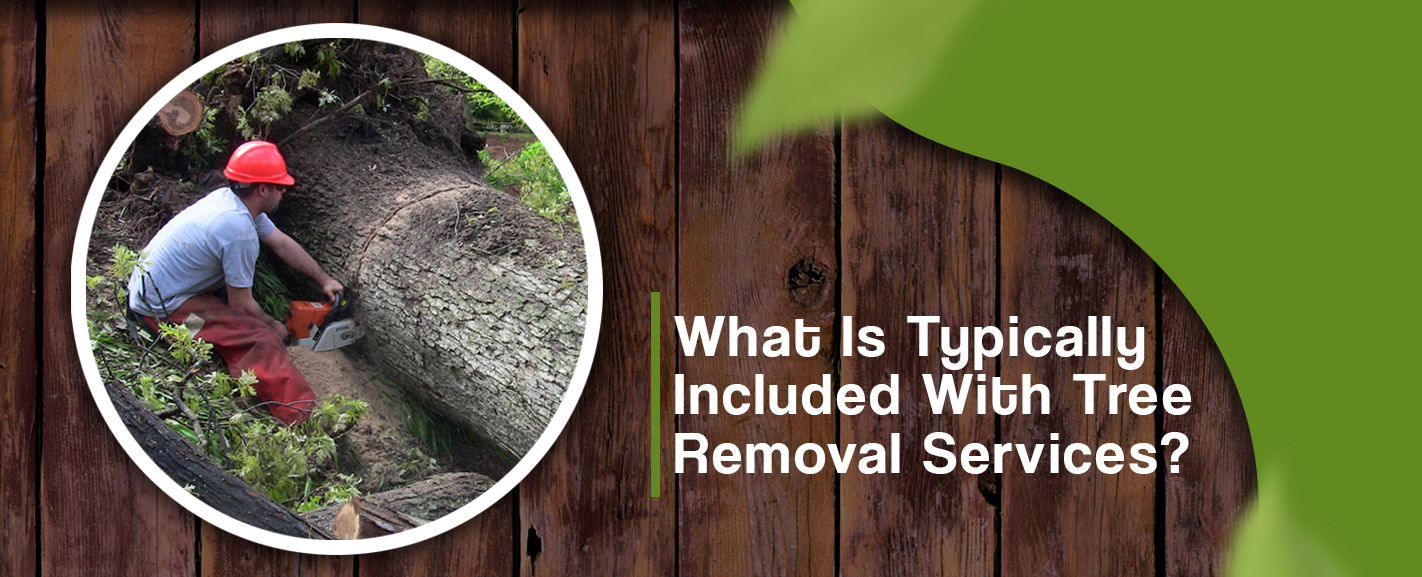Featured
Table of Contents
- – Sangaree, SC Stump Removal Installation Prices
- – Sangaree, SC Stump Removal No Hidden Fees
- – Sangaree, SC Tree Removal Going Rates
- – Is A Tree Trimming Worth The Cost In Sangaree...
- – Upfront Tree Clearing Costs In Sangaree, SC: ...
- – Lease Tree Removal Costs In Sangaree, SC
- – Sangaree, SC Arborist Reviews And Pricing
- – Leading Stump Grinding Services In Sangaree,...
- – What You Get In An Tree Trimming Quote In Sa...
- – Sangaree, SC Tree Service Removal Costs
- – Sangaree, SC Stump Removal Installation Pric...
- – Sangaree, SC Stump Grinding Price Breakdown
- – Mobility Stump Grinding Costs In Sangaree, SC
- – Professional Tree Removal At Fair Prices In ...
- – Sangaree, SC: Standard Tree Trimming Costs

The subsections below provide more detailed information about rates, including an average range for each. TypeAverage Removal CostPineConiferPalmMagnoliaArborvitaeAshCedarSweet GumEucalyptusSycamoreCypressOakMaplePoplar You can expect to pay in between to get rid of a pine, depending upon its size. Removing a pine is one of the more affordable tasks unless it is one that has been around for several years and is quite large.
Sangaree, SC Stump Removal Installation Prices
Pines likewise have a tap root that grows deep into the soil, which can show to be more challenging to eliminate. The procedure itself includes a professional cutting the tree, clearing the base, cutting the surface roots, removing the stump, and finally treating the soil. Without a professional hand, you run the risk of leaving pine seedlings behind, which will fall from the roots of distressed pines.
Sangaree, SC Stump Removal No Hidden Fees
The U.S. nationwide average for conifer elimination is roughly to have the conifer reduced, hauled away, and the stump ground or gotten rid of completely. Conifers are usually simpler to eliminate, and despite the fact that they can grow quite tall, they do not cost a fortune to remove. Conifers consist of pine, spruce, fir, and juniper trees.
Sangaree, SC Tree Removal Going Rates
While conifers are beautiful, they kill native plants and specific kinds of turf. This is since they require a great deal of water and nutrients to make it through, so they leach it off surrounding plants. They also have an expansive network of roots, which can affect your home's foundation. The average rate of palm removal depends upon the height as much as the type, varying from.
Is A Tree Trimming Worth The Cost In Sangaree, SC
That is why it is necessary to understand which type you are removing. While you do not need an herbicide to kill a palm tree, there are some actions your elimination expert will have to require to guarantee the job is done properly. There are 2 methods they can eliminate them: by chopping them down or digging them up.
Upfront Tree Clearing Costs In Sangaree, SC: No Hidden Fees
This is since little animals like rats and scorpions frequently live in them. Plus, numerous types will have spikes, too. From there, they remove the real tree and after that the stump. Anticipate to pay in between to eliminate this type of tree, depending on the precise size and details of the task.
Lease Tree Removal Costs In Sangaree, SC
There are three types: green, white, and black ash. White ash is known for its numerous colors. With its gray-tinged bark, its leaves are green or purple in the spring and golden yellow or purplish-red in the fall. They delight in moderate environments and lots of sun. The green ash is named such due to its green or yellow foliage.
Sangaree, SC Arborist Reviews And Pricing

The bark is softer, and it blooms later in the year - tree cutting. Due to the variation in height, the removal cost variation is wide from. A coniferous, evergreen tree, the cedar is a hardy types. Real cedars take pleasure in greater altitudes, generally in the Himalayas and the Mediterranean. A real cedar can grow as high as 160 feet in height and is often planted in the United States as a landscape option.
Leading Stump Grinding Services In Sangaree, SC: Pricing
The development of incorrect cedars varies from 50 feet up to 230 feet high. With star-shaped leaves and stunning fall colors, the sweet gum is considered a medium to big tree.
What You Get In An Tree Trimming Quote In Sangaree, SC
Generally, it costs in between to remove a eucalyptus. Eucalyptus are not common all over, but they are quite large compared to others, which is why even the smaller sized ones are so pricey to remove.
Sangaree, SC Tree Service Removal Costs
There are a handful of ways to do this, including burning, pulling, grinding, or eliminating them with herbicide. Expect to pay in between to get rid of sycamores, based on the height, trunk size, and amount of work included. Sycamores are among the biggest hardwood trees, normally varying from 60 to 100 feet tall and as broad as 15 feet.
Sangaree, SC Stump Removal Installation Price List
The first 2 actions will expose the withins of the tree and cut off the circulation of nutrients up the trunk. From there, a professional applies herbicide to eliminate the tree and cuts down the trunk.
Sangaree, SC Stump Grinding Price Breakdown
There are several types of Cypress trees, but the most common are the Leyland, Arizona, Bald, and Italian. The Bald Cypress grows in swampy or really moist locations while the others delight in a dry, warm, or hot environment (tree removal). They can grow as high as 80 to 100 feet tall
Mobility Stump Grinding Costs In Sangaree, SC

Prone to diseases, the Cypress is among the most valued woods for furnishings. The average oak grows to around 60 feet, and depending on the intricacy of the removal, it costs approximately to get rid of. The exact size of your oak and the effort needed to fell it affect what you will really spend for removal along with any additional services like stump grinding.
Professional Tree Removal At Fair Prices In Sangaree, SC
Access to the trees and the roots will likewise impact the overall cost. Maples can easily grow up to 100 feet or more and usually expense between to remove from your home. The final cost depends upon the actual height and complexity of the task. Maples are usually amongst the more pricey trees to eliminate because of their size and the work included in the removal.
Sangaree, SC: Standard Tree Trimming Costs
Growing as high as 90 to 115 feet, these massive lumbers are generally discovered in North America and consist of the aspen, cottonwood, and balsam trees. The process to remove trees involves all the trimming and cutting of the branches and trunk, bringing it down to a stump.
Table of Contents
- – Sangaree, SC Stump Removal Installation Prices
- – Sangaree, SC Stump Removal No Hidden Fees
- – Sangaree, SC Tree Removal Going Rates
- – Is A Tree Trimming Worth The Cost In Sangaree...
- – Upfront Tree Clearing Costs In Sangaree, SC: ...
- – Lease Tree Removal Costs In Sangaree, SC
- – Sangaree, SC Arborist Reviews And Pricing
- – Leading Stump Grinding Services In Sangaree,...
- – What You Get In An Tree Trimming Quote In Sa...
- – Sangaree, SC Tree Service Removal Costs
- – Sangaree, SC Stump Removal Installation Pric...
- – Sangaree, SC Stump Grinding Price Breakdown
- – Mobility Stump Grinding Costs In Sangaree, SC
- – Professional Tree Removal At Fair Prices In ...
- – Sangaree, SC: Standard Tree Trimming Costs
Latest Posts
Piedmont, SC Tree Cutting Price Estimates
Brigantine, NJ Arborist: Cost Variables
Check Local Stump Grinding Costs In Newington Forest, VA
More
Latest Posts
Piedmont, SC Tree Cutting Price Estimates
Brigantine, NJ Arborist: Cost Variables
Check Local Stump Grinding Costs In Newington Forest, VA